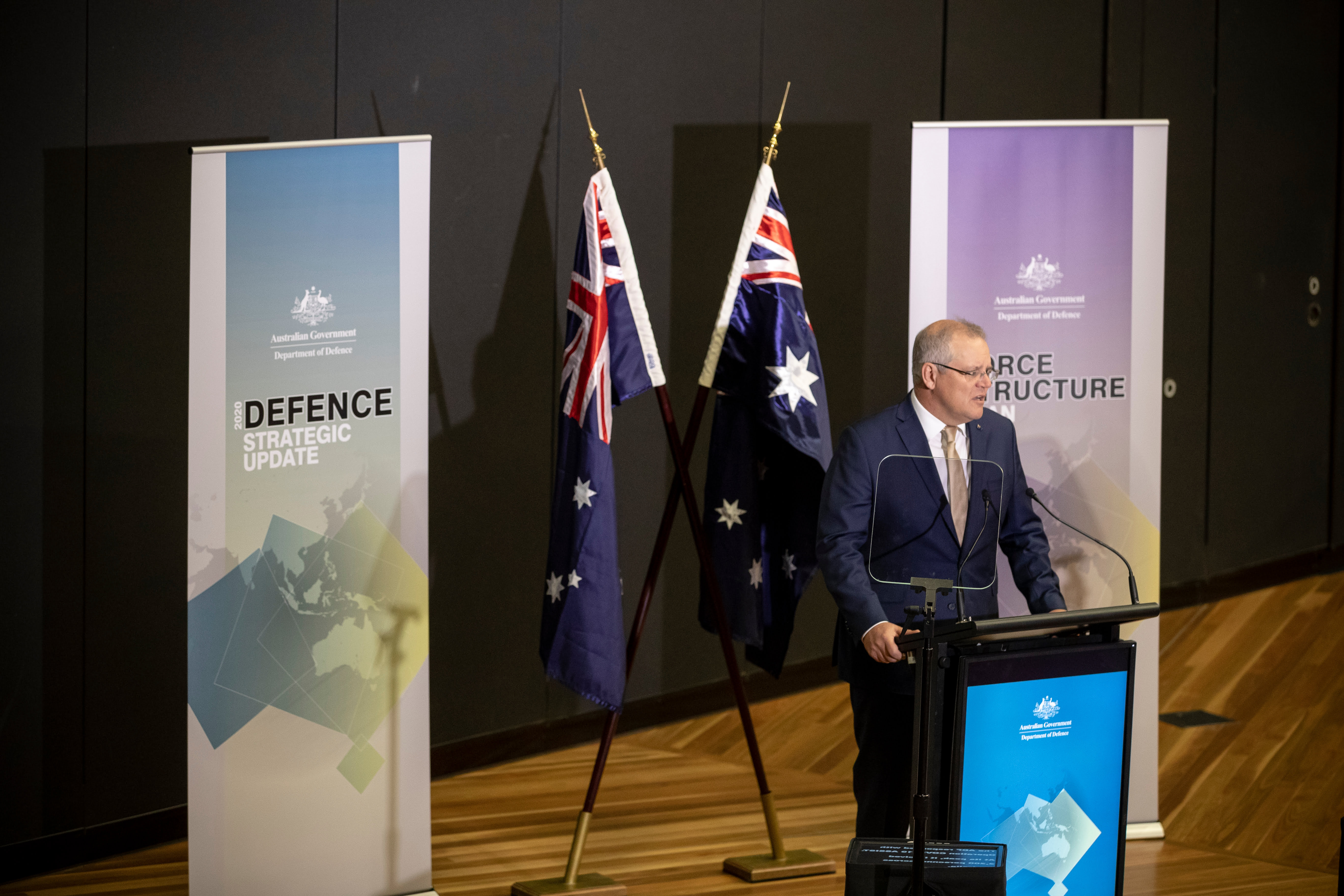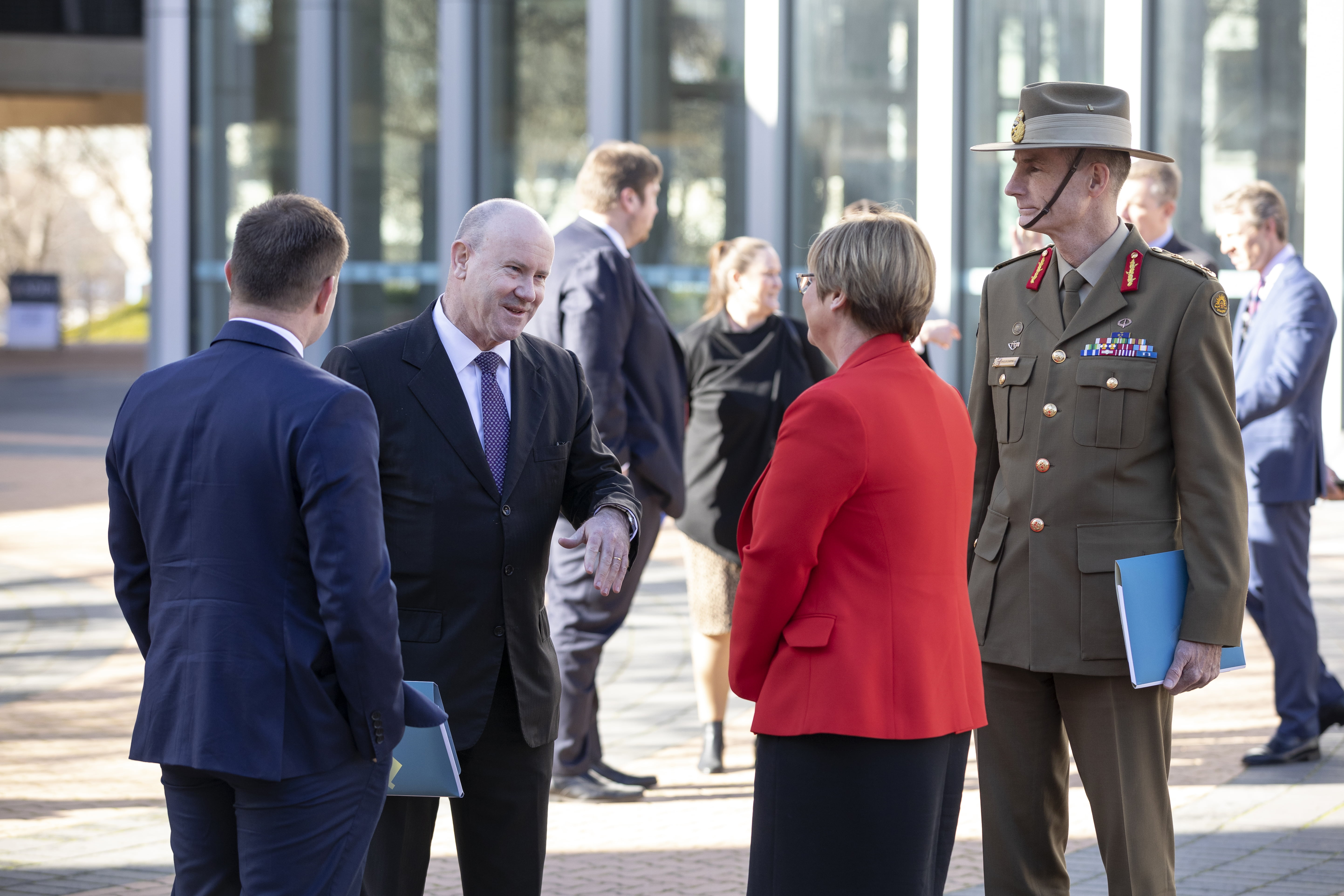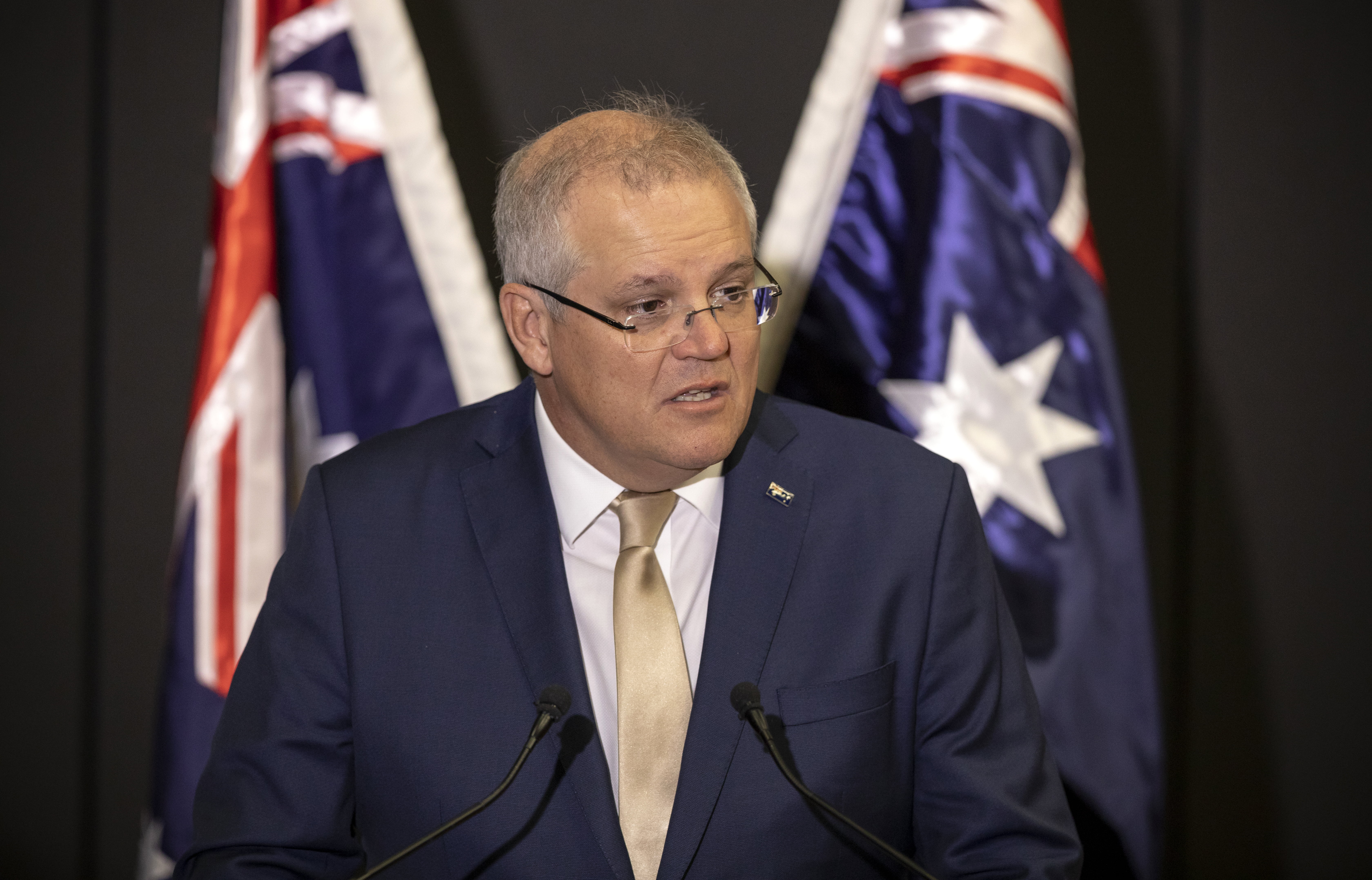By Robbin Laird
Last month, the Australian government announced its new defense strategy and force development plan for the decade ahead.
It represents both continuity and change from the 2016 strategy, but clearly expresses a recognition of the new strategic environment within which Australia finds itself.
It also expresses both concern and articulates a way ahead for enhanced Australian sovereignty in shaping its defense posture with a clear focus on its neighborhood, and with a focus on enhanced capabilities to defend Australia more effectively up to and including its first island chain.
If one followed closely the Williams Foundation seminars for which I have written the reports over the past few years, this evolution would come as no surprise.
But the strategy and force structure plan do represent a break from the 2016 document with regard to clear recognition that Australia is facing a China more willing to exercise coercion, clear need for a more robust and secure supply chain, more indigenous defense industrial support capability and new capabilities to shape the strategic environment.
Australia also faces challenges in its alliances which requires a clear effort by Australia to steer a path whereby it can provide leadership and not simply followership in the years ahead.
Recently, I had a chance to discuss this strategic shift with Brendan Sargeant, currently Head of the Strategic and Defence Studies Centre, Australian National University.
Professor Brendan Sargeant has had wide experience in Defence and has held senior appointments, including as Associate Secretary and prior to that as Deputy Secretary Strategy.
For Sargeant: “The way I see it, the document is a transitional one or the beginning of a rethinking on how we do defense and what we need to do.
“It still reflects a bit of uncertainty in the policy environment about how fundamental the changes are and so there’s a bit of hedging in the document as well.”
It is clear as will with the impact of COVID-19 on the global economy, budgetary options are in flux as well.
But what is striking about the Australian government’s strategic document is that indeed it was issued in the midst of shaping a way ahead in the COVID-19 environment.
Sargeant underscored in a note on the strategy: “It is very clear that we are seeing the development of ADF capability designed to strengthen Australia’s capacity to support its interests in the Indo Pacific and resist potential coercion by other states (China).
“It recognises that many of the trends in the international system are working against Australia’s interests and that we have entered a very different strategic environment to the one that we have been accustomed to.”
He added: “Deterrence has also always been a major element of Australian strategic policy, but this document strengthens it and in a sense is a search of contemporary capabilities that fulfilled the role of the F1 11 in the 80s and 90s. But we haven’t done enough policy thinking on deterrence since the 1990s.
‘The operational focus of the Middle East wars have consumed too much policy energy and made us complacent.
“The document recognises limits, and in that sense overturns the 2016 White Paper and is quite explicit about that.
“It’s repositioning geographically is something that we drifted away from when we put our faith in the continuation of the rules-based order, which underpinned a lot of the thinking in 2016.
“The document recognises that Australia should be capable of leading military operations in the region.
“I think this is important, but it will be a challenge to work through what that means and how this might engage our neighbours and friends.
“I think implicitly we are starting to see the end of the balanced force idea, recognising that we will need to optimise the force against a set of priorities set out in its capability goals.
“The comment that warning time has reduced, that we don’t have the luxury of a decade’s warning that we talked about in the past is I think is the indicator of realism in its assessment of the volatility of our strategic environment.
“But I also think that this brings forward Defence’s biggest challenge which is the extent to which it is able to adapt and respond to a rate of change which seems to be increasing.”
We had a chance to discuss the strategic shift and the shift in strategy in a teleconference earlier this month.
In addition to the issues which Sargeant had already raised in his note on the new strategy, we focused on some specific dynamics of change which are implied or raised specifically in the strategy.
The first is clearly the geographic focus of the strategy. As Sargeant highlighted: “It is a shift from the Middle East to the first island chain for Australia.
It is about having the ability to shape and influence the closer in strategic environment and certainly with a core focus on the Indo-Pacific region.”
The second is the core focus on deterrence, and to do so within the context of new threats, new capabilities, and the rapid evolution of military technologies.
As Sargeant put it: “I think our policy environment has gotten lazy over the last 20 years because most of our strategic energy was consumed by Afghanistan and Iraq, and now we need to engage in a very different type of strategic discourse.
“How do we want to think about deterrence and with which policy tools, and how best to rework relationships with allies and partners?”
The third is the focus on adding new strike capabilities for the ADF.
With the emphasis on an ability both to shape the strategic environment as well as to be able to operate within it, the question of shaping new strike capabilities is an important new emphasis in the strategy.
How Australia will do this is a work in progress, but certainly given the need for Australia’s most significant ally, the United States to come up with a more robust and cost effective weapons mix, any solutions to be worked in Australia could have significant reach into the American force redesign as well.
It is the question of the effect, and not simply the question of a silver bullet.
As Sargeant put it: “For the ADF, I think the focus will be less upon the specific platform than upon the combat effect. What sort of weapons would you use operating within a joint force context to get the effect we will need?”
The fourth is the challenge for the Australian Army to work through their role in the new strategic context, strategy and effort.
According to Sargeant, “As we focus on our region, Army will have a key role, but in terms of the joint force. How best to work their role? What do they need to be able to do in the joint and integrated force context?
“One answer clearly would be for the Army to focus on how their new interest and capabilities in amphibious warfare would work within a regional joint force context?”
The fifth is the evolving role of Australia with allies and partners in operating in the new strategic context.
Clearly, defense diplomacy and key political-military working relationships with partners and allies in the region will be a key part of shaping an effective way ahead for Australia.
A key challenge is shaping the kind of diplomatic outreach which can work as an effective part of the shaping and deterrence effort crucial to a viable Australian defense strategy.
In short, with a new strategic focus highlighting more effective integrated operations within its region, the ADF faces the challenge of shaping more integrated and effective military-political efforts to strengthen a new diplomatic outreach in the region as well.





